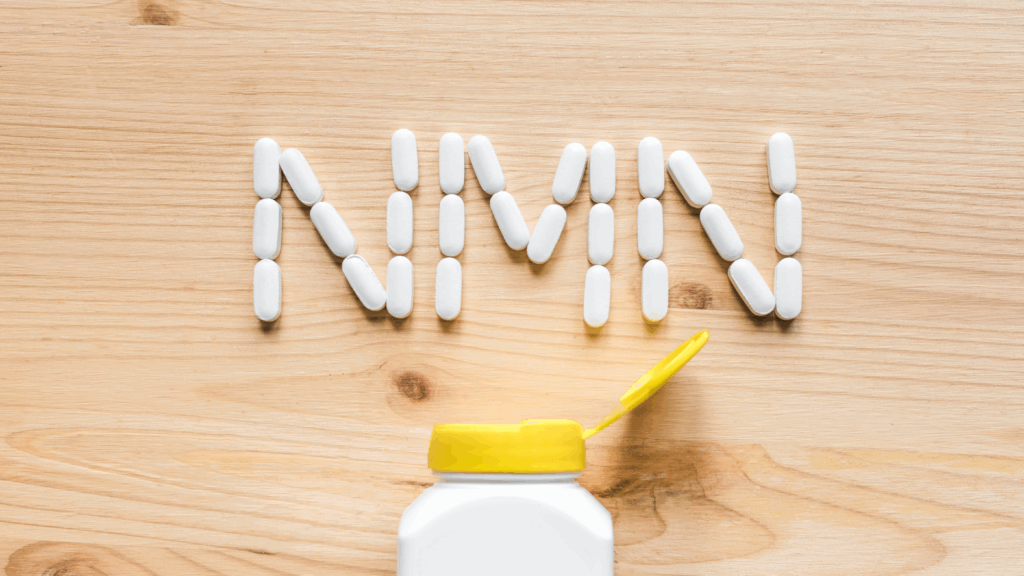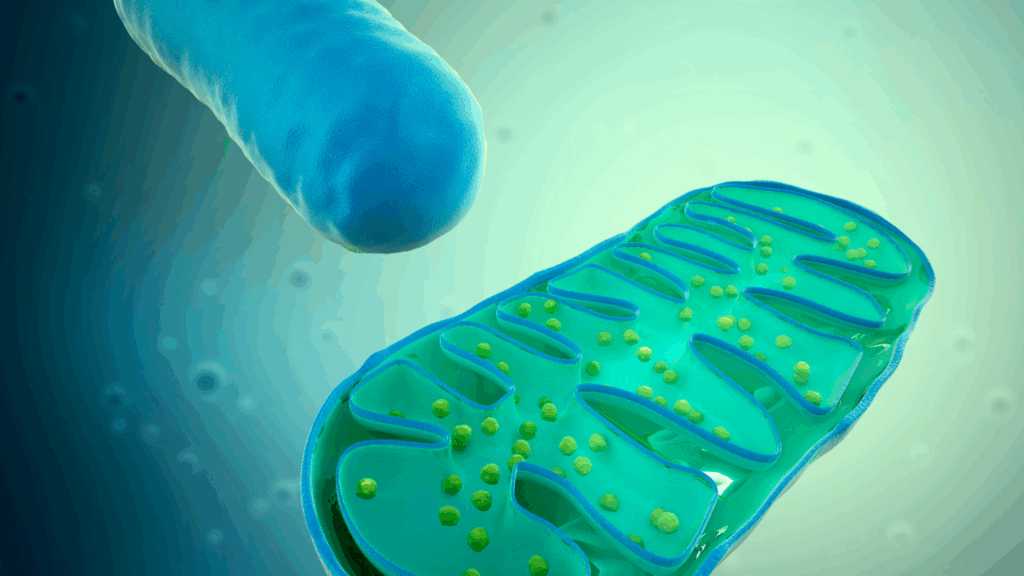As a nurse practitioner, I’ve seen more and more patients struggling with fatigue, brain fog, and low resilience. Their labs are often “normal.” Their symptoms don’t point to a clear diagnosis. And yet—they know something feels off.
Sometimes the issue is hormonal. Sometimes it’s stress, inflammation, or poor recovery. And sometimes—it’s simply the passage of time.
I’m talking about cellular aging. I’m generalizing here, but, as we age, so do our cells. Over time, the systems that fuel, repair, and protect them can slow down, making us more vulnerable to fatigue, brain fog, and other subtle shifts in how we feel.
It doesn’t mean something’s “wrong.” It means the body is changing—and understanding those changes can open up new ways to support energy, focus, and long-term resilience.
We talk a lot about aging on the outside: wrinkles, gray hair, slower metabolism. But aging doesn’t start there. It starts deep inside your cells—years before the outside catches up.
And lately, one molecule keeps coming up in that conversation: NAD.
What Is Cellular Aging, Really?
Cellular aging refers to the gradual decline in the function, structure, and resilience of your cells over time. It’s what happens when the systems that protect, repair, and energize your cells begin to slow down.
This decline is driven by a mix of internal and external stressors—oxidative damage, inflammation, poor diet, sleep disruption, environmental toxins, and more. The result? Less cellular energy, more DNA damage, and a growing gap between how old you are and how old you feel.
You don’t have to be 80 to be experiencing cellular aging. Many of my patients are in their 30s and 40s—and already showing signs:
- Slower recovery from exercise
- Chronic inflammation
- “Brain fog”
- Low resilience to stress
- Hormonal imbalances
It’s not just aging. It’s cellular burnout.
Why NAD Is at the Center of the Cellular Aging Conversation
NAD (nicotinamide adenine dinucleotide) is a coenzyme found in every living cell. Without it, you wouldn’t survive more than ten seconds.
NAD helps regulate:
- Cellular energy production (ATP synthesis in mitochondria)
- DNA repair through enzymes like PARP
- Inflammation control, especially through sirtuins
- Circadian rhythm and gene expression
But here’s the catch: NAD levels decline as we age. In fact, by the time you’re in your 40s, you may have half as much NAD as you did in your twenties. That decline is closely tied to many signs of cellular aging, from fatigue and metabolic dysfunction to cognitive decline and chronic disease risk.

The Building Blocks for NAD
Instead of administering NAD directly, researchers and clinicians are focused on precursors like NMN (nicotinamide mononucleotide) and NR (nicotinamide riboside), which your body can convert into NAD inside the cell.
Oral supplementation with these precursors has been shown to:
- Boost intracellular NAD levels
- Improve mitochondrial function
- Increase physical endurance and VO₂ max
- Enhance insulin sensitivity
- Support brain function and memory in aging models
For patients showing signs of cellular aging, this is exciting. And for me as a nurse practitioner, it’s a tool that goes beyond symptom management—it supports the root systems of health.
But There’s a Catch: Inflammation Steals Your NAD
One of the lesser-known issues in cellular aging is how inflammation depletes NAD.
As we age, we produce more of an enzyme called CD38, which breaks down NAD at an accelerated rate—especially when chronic inflammation is present. This means that even if you’re taking NAD precursors, high levels of inflammation can siphon them off before your cells ever get a chance to use them.
This is why a NAD strategy has to go hand-in-hand with inflammation control.
Some compounds that help:
- Ergothioneine (a powerful antioxidant found in mushrooms)
- Hydroxytyrosol (from olives)
- Resveratrol (from red grapes)
- Vitamin D3, which helps regulate immune response
Together, these support cellular energy and protect NAD from being used up too quickly—an essential combo if you want to see real benefits.

Why Cellular Aging Matters—at Any Age
You don’t need to wait until you’re “old” to think about cellular aging. In fact, by the time you start feeling the effects—fatigue, stiffness, slower recovery, poor focus—it’s already underway.
The beauty of supporting cellular health early is that you can prevent the cascade before it begins. You don’t have to be dealing with a diagnosis to want more clarity, more stamina, more resilience.
Supporting NAD levels, improving mitochondrial function, and reducing inflammation isn’t anti-aging—it’s pro-function.
And that’s a mindset shift more of us need to make.
What I’m Seeing in Practice
In my own practice as a nurse practitioner, I’ve started paying closer attention to the signs of cellular aging in younger and middle-aged adults. I’ve had patients who don’t necessarily need medication—but who benefit tremendously from lifestyle shifts, NAD support, and inflammation management.
Some have told me:
- “I feel like I got my brain back.”
- “I don’t crash at 3pm anymore.”
- “My workouts actually feel productive again.”
Are these anecdotal? Yes. But they’re consistent—and they align with the emerging science on NAD, mitochondrial repair, and cellular resilience.

What About IV Therapy?
NAD IVs are popular right now.
Some patients report benefits like improved mental clarity and recovery. Others feel no effect. While IV NAD may raise blood levels temporarily, we still don’t know how well it translates into intracellular changes over time.
I believe IVs have their place, especially in acute recovery or integrative treatment plans—but they shouldn’t be the first or only strategy.
Consistent oral support with precursors like NMN, paired with inflammation control and a healthy lifestyle, remains the most accessible and sustainable way to combat cellular aging.
Final Thoughts: Start With the Cell
Whether you’re dealing with fatigue, burnout, poor recovery, or just want to feel better than “fine,” it’s worth asking the question:
How are your cells doing?
Because if we want long-term health, sharp cognition, and steady energy, we have to think small—microscopically small.
NAD isn’t a magic pill. But it is a tool. And when paired with the right foundational habits—nutrition, sleep, movement, and inflammation support—it becomes part of a bigger strategy to stay vibrant from the inside out.
If you’re curious about how cellular aging might be showing up in your life—or your patients’—I invite you to listen to this week’s episode of Medical Disruptors. Baran and I get into the science, the strategy, and what this all means for everyday health.
